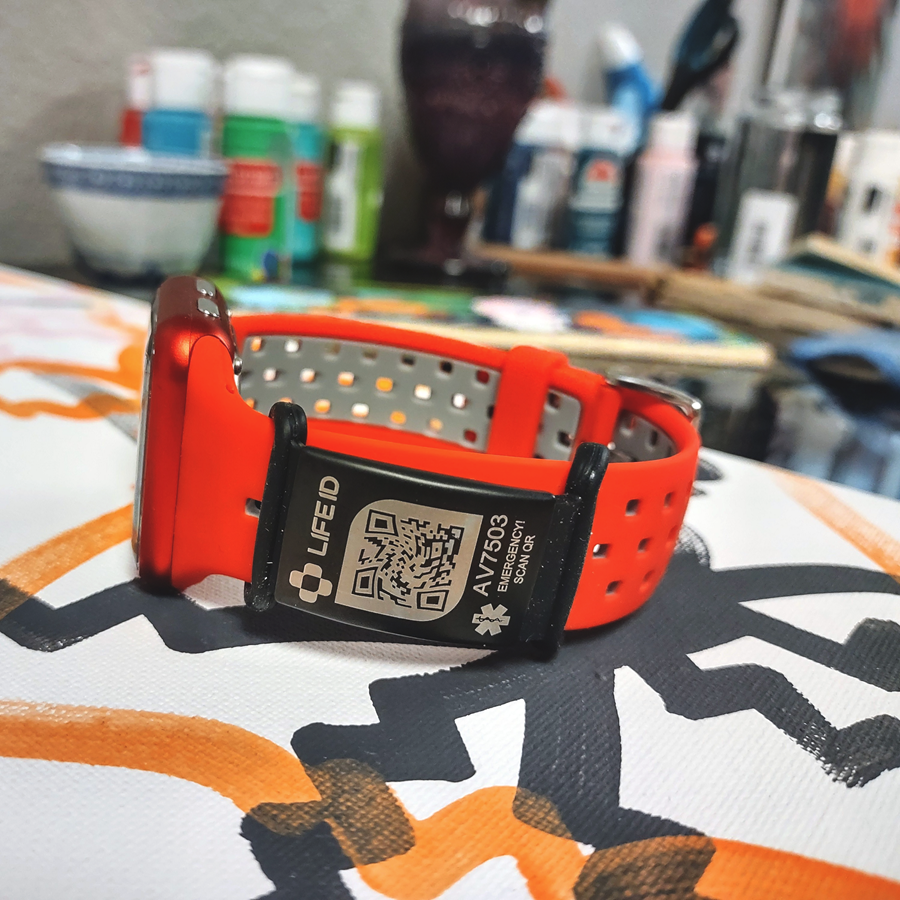
What are systemic lupus erythematosus (SLE) and other types of lupus?
Lupus is a long-term autoimmune disease in which the immune system attacks healthy tissue. It can cause a wide range of symptoms throughout the body. Medical treatment and home remedies can help manage it.
According to the Lupus Foundation of America, people report around 16,000 new cases of lupus in the United States each year, and up to 1.5 million people may be living with the condition in the U.S.
What is lupus?
Lupus refers to a range of conditions that can cause symptoms throughout the body. It is an autoimmune condition, which means it happens when the body’s immune system mistakenly attacks healthy body tissue. Symptoms can range from mild to life-threatening.
Systemic lupus erythematosus (SLE) is the most common type, and people often use the term lupus to refer to SLE. However, there are other types, depending on which part of the body lupus mainly affects.
In addition to SLE, there are cutaneous lupus (such as discoid lupus erythematosus [DLE]), drug-induced lupus (DIL), and neonatal lupus.
Systemic lupus erythematosus
SLE accounts for 70% of lupus cases. It affects multiple organs and systems throughout the body. For this reason, SLE tends to be a more severe form of lupus. The symptoms can range from mild to severe.
SLE can cause inflammation in the:
- skin
- joints
- lungs
- kidneys
- blood
- heart
This inflammation may happen in one of these areas or affect multiple areas at one time.
Discoid lupus erythematosus
In DLE, a type of cutaneous lupus, symptoms affect only the skin. DLE appears as circular lesions, typically on the scalp and face, although they can appear on other parts of the body, such as inside the ears.
The lesions tend to be red and may become thick and scaly. In some cases, the lesions lead to scarring and skin discoloration. If lesions scar on the scalp, hair may not regrow in that area.
DLE does not affect the internal organs, but around 10% of people with DLE go on to develop SLE, according to the Lupus Foundation of America. However, it is possible that these people already had SLE and their skin symptoms led to a DLE diagnosis first.
Subacute cutaneous lupus erythematosus
Subacute cutaneous lupus erythematosus refers to skin lesions that appear on parts of the body that have exposure to the sun. These lesions do not cause scarring but may cause skin discoloration.
How does lupus affect the body?
The symptoms of lupus will depend to some extent on the type of lupus.
American College of Rheumatology lists 11 criteria for describing lupus. If a person meets four or more of the criteria, they will consider a diagnosis of lupus.
The 11 criteria are:
- Malar rash: A malar rash is a butterfly-shaped rash that appears across the cheeks and nose.
- Discoid rash: Raised red patches develop on the skin.
- Photosensitivity: A skin rash appears after exposure to sunlight.
- Oral or nose ulcers: Ulcers appear in a person’s mouth or nose.
- Nonerosive arthritis: This type of arthritis does not destroy the bones around the joints but does cause tenderness and swelling.
- Pericarditis or pleuritis: Inflammation affects the lining around the heart (pericarditis) or lungs (pleuritis).
- Kidney disorder: Tests show high levels of protein or cellular casts in the urine if a person has a kidney problem, such as lupus nephritis.
- Neurologic disorder: A person may experience seizures, psychosis, or problems with thinking and reasoning.
- Hematologic (blood) disorder: Blood may show a low red blood cell count (anemia), a low white blood cell count (leukopenia), or a low platelet count (thrombocytopenia).
- Immunologic disorder: Tests show that there are anti-double-stranded DNA antibodies, anti-Smith antibodies, or antiphospholipid antibodies (APLs).
- Positive ANA: A test detects high levels of ANA.
The symptoms of lupus occur in times of flare-ups. Between flare-ups, people usually experience times of remission, when there are few or no symptoms.
Diagnosis
Diagnosis can be difficult because symptoms of lupus can resemble symptoms of other conditions.
A doctor will ask about symptoms, carry out a physical examination, and take a personal and family medical history. They may also request blood tests and other laboratory investigations.
Biomarkers are antibodies, proteins, genetics, and other factors that can show a doctor what is happening in the body or how the body is responding to treatment. They can help identify whether a person has a condition even when there are no symptoms.
Frequently asked questions
Here are some questions people often ask about lupus.
What is the main cause of lupus?
Researchers do not currently know what causes lupus. However, they believe that environmental, genetic, immunological, and endocrine factors may play a role.
What are usually the first signs of lupus?
Early signs of lupus may include:
- a malar or butterfly rash across the face
- fatigue
- joint pain
- fever
- chest pain when breathing deeply
However, the signs and symptoms of lupus vary widely and will depend on the type of lupus.
What are the three triggers of lupus?
The following three factors may trigger lupus:
- stress
- exposure to toxins, such as cigarette smoke or air pollution
- having an infection, such as the Epstein-Barr Virus
What is the life expectancy of a person with lupus?
Life expectancy will depend partly on the type of lupus. Statistics suggest that 85–90% of people with Systemic lupus erythematosus (SLE) will live at least 10 years after their diagnosis, and many will live much longer.
Drug-induced lupUs (DIL) usually resolves within a few weeks after stopping the drug that caused the reaction.
Is lupus a serious disease?
Lupus is an incurable disease and symptoms can range from mild to life-threatening.
It is believed that between 10-15% of people with lupus will die prematurely due to complications of lupus. However, due to improved diagnosis and disease management, most people with the disease will go on to live a normal life span.
Summary
Lupus is an autoimmune condition that can affect a wide range of body systems. There are different types of lupus, but SLE is the most common type.
Some people may experience cycles of flare-ups and remissions, whereas others may have ongoing symptoms. The varied experiences of lupus can make it challenging for doctors to diagnose.
Once a person has a diagnosis, various treatment options can help manage symptoms, limit damage to body organs, and maximize a person’s quality of life.
ABOUT LIFE ID
The Ultimate Medical ID. More Than Just A Few Engraved Lines: Many health conditions require more than a couple words to explain. Each LIFE ID product links to your online profile where you can store unlimited medical information for free
Use Coupon Code 10BUCKSOFF And Get $10 Off Any LIFE ID Today!
HOW LIFE ID WORKS
LIFE ID VIDEOS

